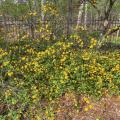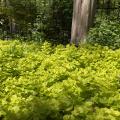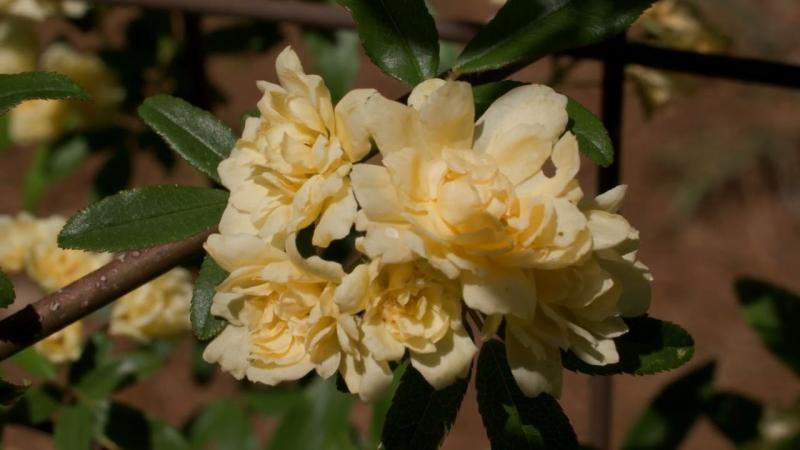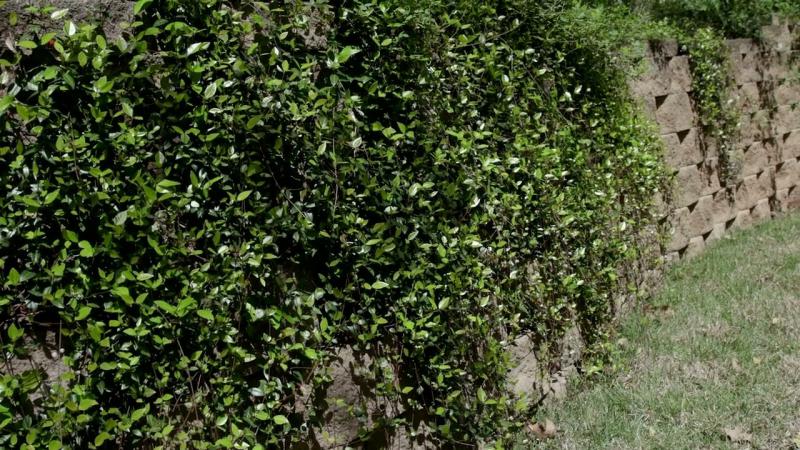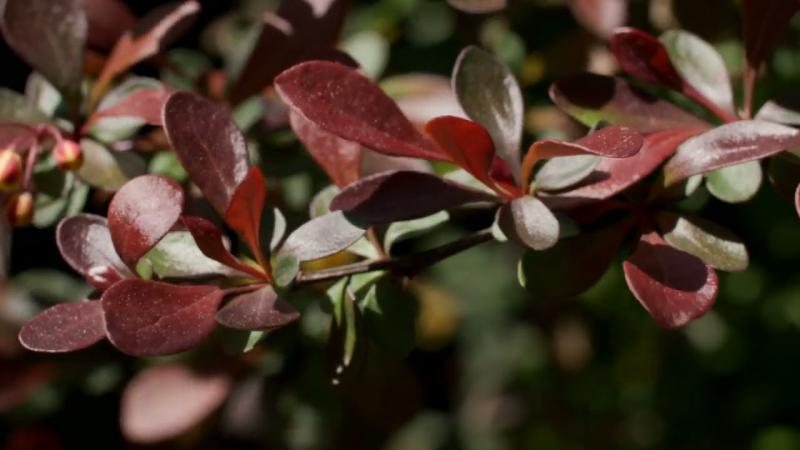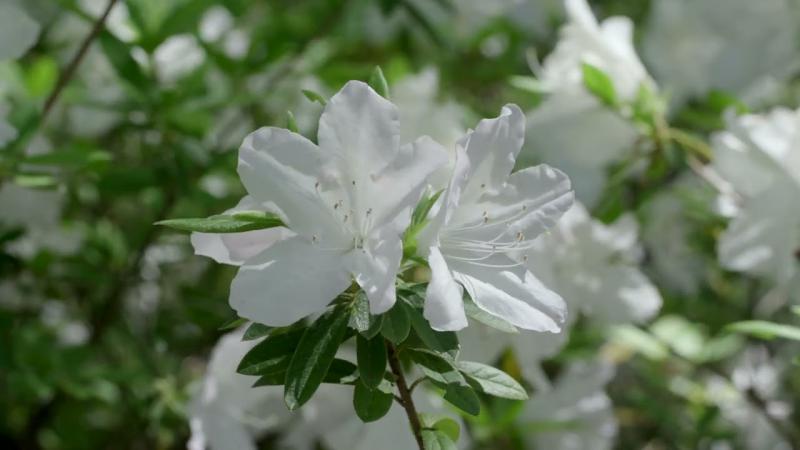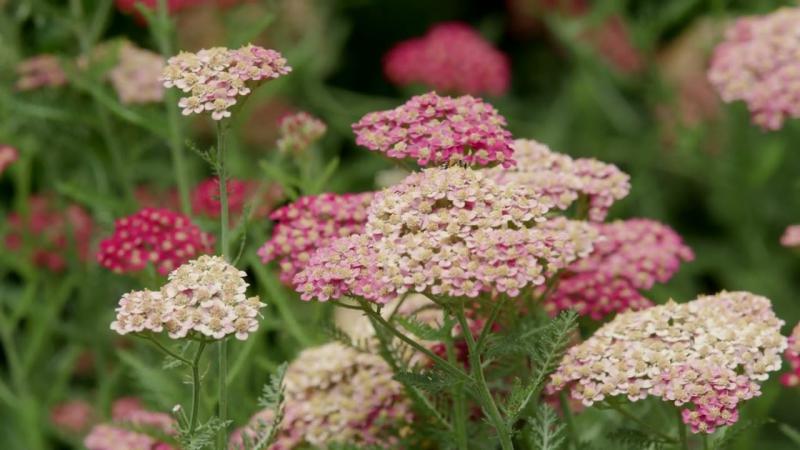Site Selection, Bed Preparation and Planting of Roses
Publications
News
Yellow-blooming plants bring a bright, cheerful energy to my garden. There’s something about that bold splash of golden color that lifts the spirit and catches the eye, especially after the gray tones of winter.
In Grenada, Mississippi, Devo and Rosemary Lancaster have a couple of showstopping yellow bloomers in their landscape.
While visiting the home of Devo and Rosemary Lancaster in Grenada, Mississippi, I was impressed by their creative use of ground cover plants throughout the landscape.
I’ve always been drawn to plants with maroon-colored leaves. There is something alluring about the way their deep hues add layers of depth, contrast and intrigue to a landscape.
Rich maroon foliage grounds a garden, making surrounding colors pop while adding a touch of drama and elegance. Let’s take a look at some standout plants.


